Unearthing the Magic in Pozole Rojo Ingredients
If you’ve ever tasted pozole rojo, you know it’s more than just a soup—it’s a warm, spicy hug from Mexico itself. But what makes this vibrant red stew so unforgettable? The answer lies not in one secret ingredient, but in a symphony of Global Spice Traditions that come together like a mariachi band at midnight.
Table of Contents
- What is Pozole Rojo?
- Top 7 Ingredients You Can’t Skip
- The Spicy Heart of the Soup
- Spice Breakdown: What Goes Into That Red Sauce
- Pro Tips for Perfect Pozole Rojo
- Conclusion
What Is Pozole Rojo Anyway?
Pozole rojo is one of the three main types of pozole (the others being blanco and verde), distinguished by its rich, red sauce made from dried chiles. While pozole verde leans on green tomatillos and herbs, pozole rojo brings the fire—literally—with a base that’s both smoky and earthy.
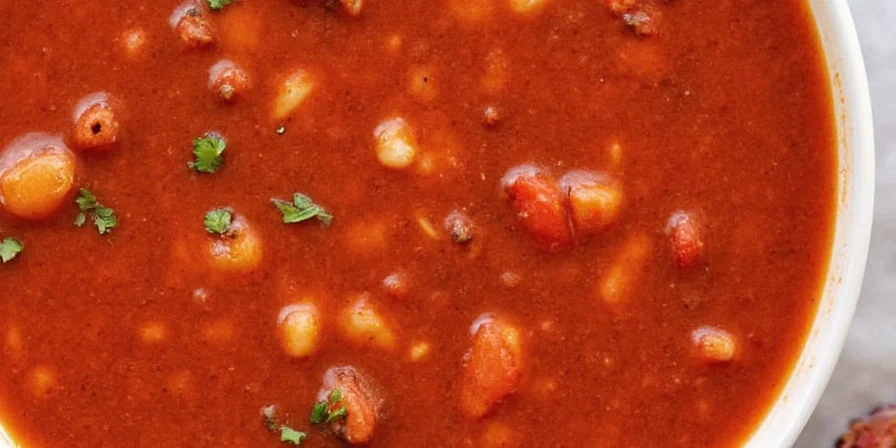
A traditional bowl of pozole rojo topped with shredded cabbage, avocado, and lime.
Top 7 Ingredients You Can’t Skip
You might think pozole rojo is all about the chiles—but oh no, my friend, it's a whole cast of characters:
- Nixtamalized Hominy – The starchy star of the show.
- Dried Chiles – Ancho, guajillo, or mulato—choose your fighter!
- Masa or Corn Tortillas – For thickening the broth and adding depth.
- Garlic & Onion – Because everything tastes better with them.
- Tomatoes or Tomato Paste – For acidity and richness.
- Meat – Usually pork, but chicken or beef work too.
- Spices – Oregano, cumin, salt, pepper… let the spice party begin!
The Spicy Heart of the Soup
Let’s get real—pozole rojo lives and dies by its spices. It’s not just about heat; it’s about complexity, balance, and aroma. Each ingredient plays a role in building that signature red glow and deep flavor profile.
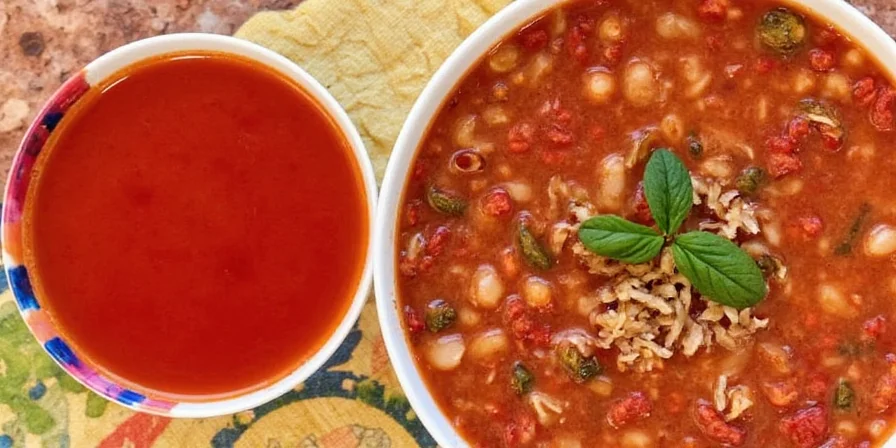
An array of dried chiles commonly used in pozole rojo recipes.
The Role of Dried Chiles
Chiles are where pozole rojo earns its name—and its soul. Here’s a quick breakdown:
- Ancho Chiles: Sweet, fruity, and mildly hot. Think raisin meets cherry with a whisper of smoke.
- Guajillo Chiles: Tangy and moderately spicy, often described as having notes of tea and berries.
- Mulato Chiles: Earthy and chocolate-like with a bit more depth. These are the introverts of the group who surprise you when they open up.
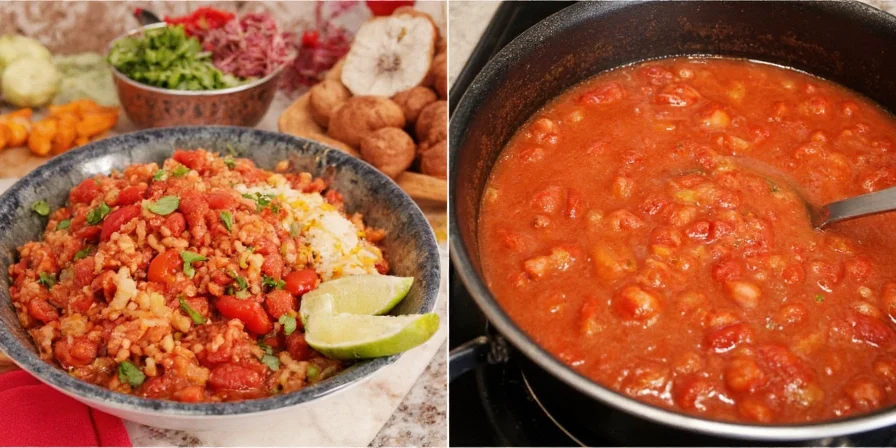
Chile comparison chart: heat level, flavor notes, and best uses.
Spice Breakdown: What Goes Into That Red Sauce
| Ingredient | Heat Level (Scoville) | Flavor Profile | Why It Matters |
|---|---|---|---|
| Ancho | 1,000–2,000 | Sweet, Fruity | Adds sweetness and body to the broth. |
| Guajillo | 2,500–5,000 | Tangy, Berries | Provides brightness and mild spice. |
| Mulato | 2,500–3,000 | Earthy, Chocolate | Deepens the sauce with a rich, almost coffee-like undertone. |
| Garlic | None | Pungent, Umami | Builds aromatic foundation. |
| Tomatoes | None | Acidic, Juicy | Brings balance and helps emulsify the chiles. |
| Cumin | None | Earthy, Smoky | Adds warmth and a grounding spice layer. |
| Oregano | None | Herbaceous, Woody | Essential for authentic Mexican flavor. |
Pro Tips for Perfect Pozole Rojo
Now that you’ve got your ingredients, here’s how to turn them into magic:
- Roast Your Chiles – Toasting them before soaking adds a beautiful layer of smokiness.
- Use Homemade Broth – Whether you're cooking pork, chicken, or veggie-style, homemade broth makes all the difference.
- Blend Until Silky – A high-speed blender is your best friend. No gritty bits allowed!
- Toast the Spices – A quick toast in a dry pan unlocks their oils and intensifies flavors.
- Balance with Lime – Finish each bowl with a squeeze of fresh lime to brighten everything up.
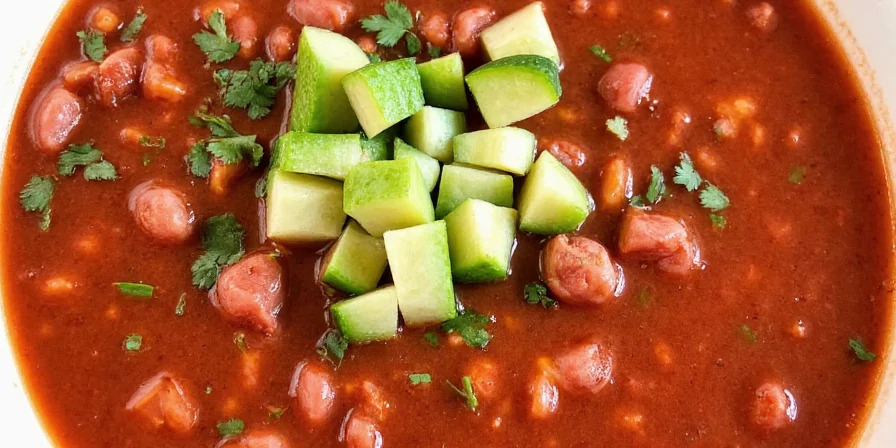
Smooth blended sauce is key to a silky pozole rojo broth.
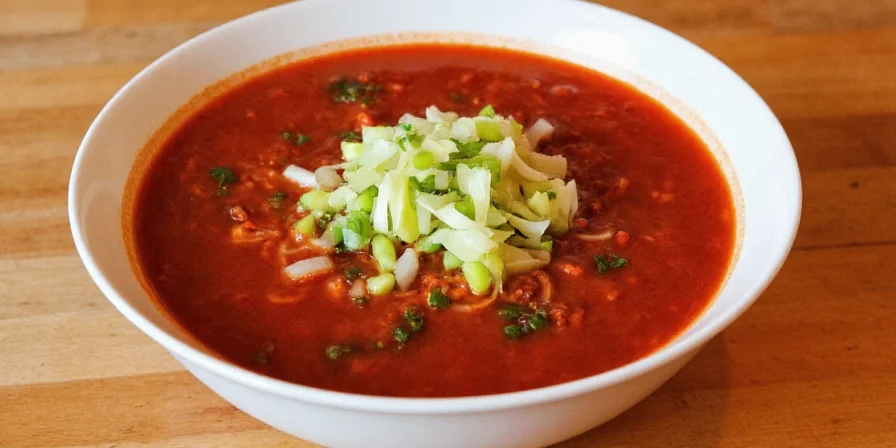
Create your own topping bar for guests to customize their bowls!
Conclusion
So there you have it—the essential guide to mastering the ingredients for pozole rojo. Whether you’re a seasoned chef or a weekend warrior in the kitchen, this dish is a celebration of tradition, spice, and community.
From the earthy whispers of mulato chiles to the tangy bite of guajillos and the comforting embrace of hominy, every spoonful tells a story. And now, you’ve got the tools to tell your own.
Go ahead. Make some pozole. Share it. Savor it. Let the spices speak.
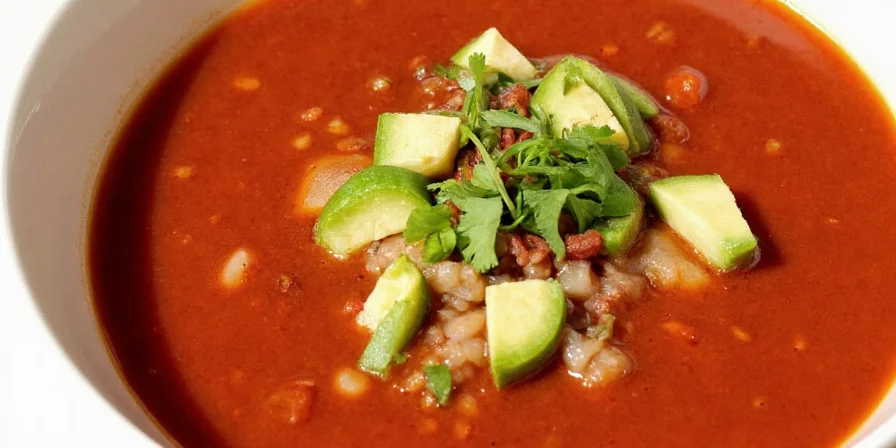
Finished pozole rojo simmering gently, ready to be served with love.

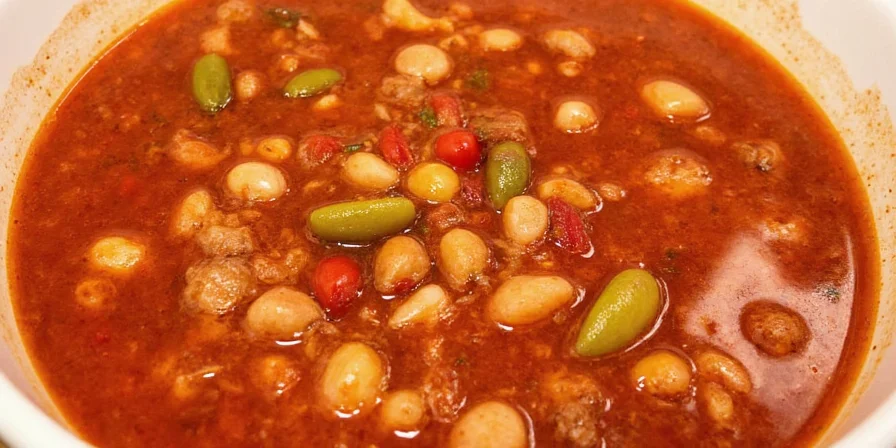









 浙公网安备
33010002000092号
浙公网安备
33010002000092号 浙B2-20120091-4
浙B2-20120091-4